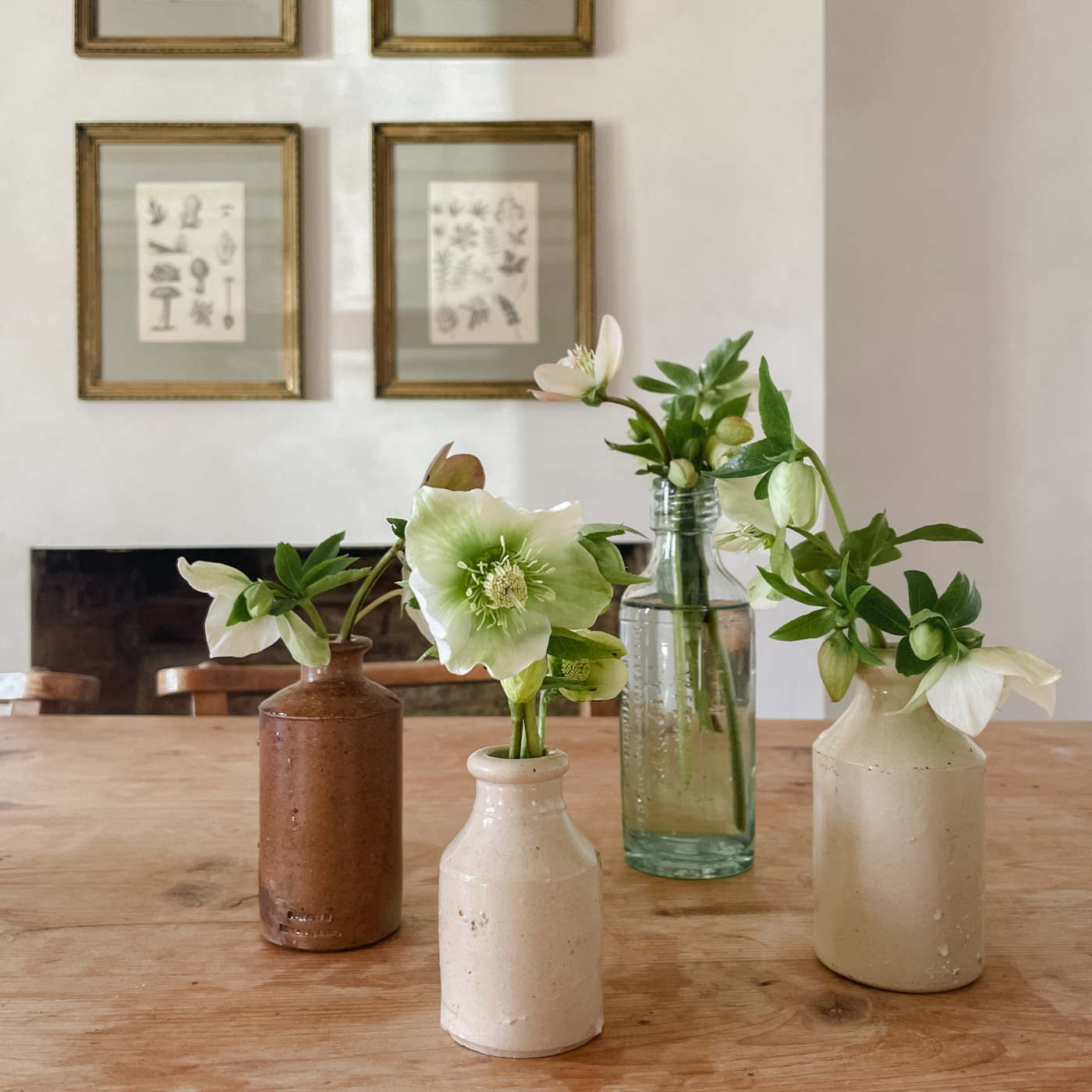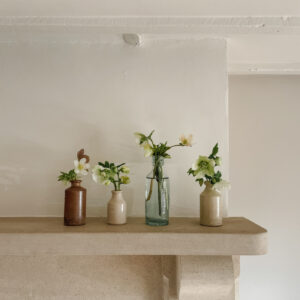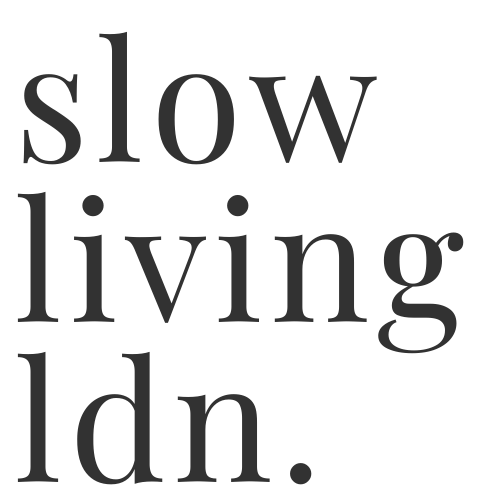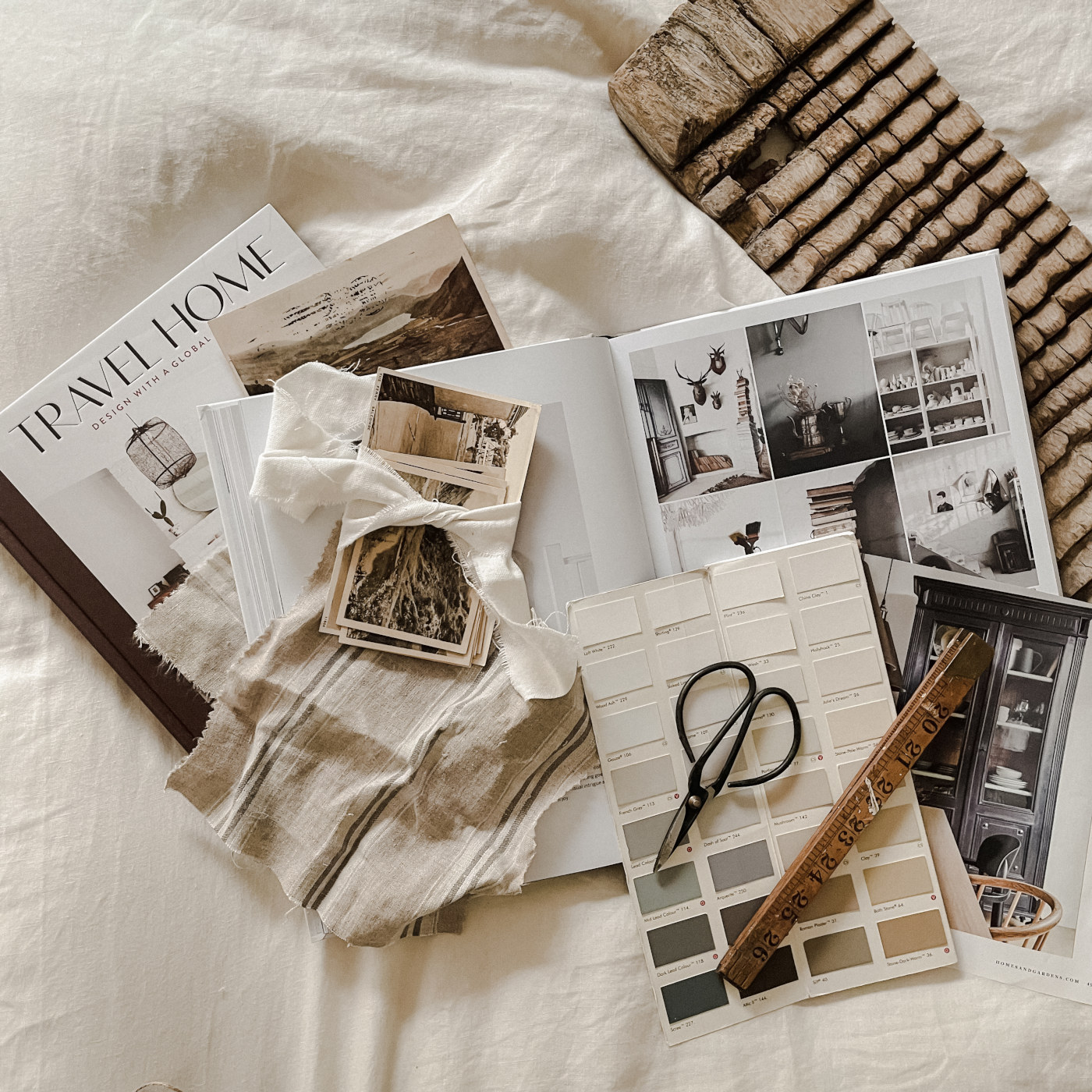You have no items in your cart. Want to get some nice things?
Go shopping
As the slow living movement has developed over time, more people are applying the slow ethos to other areas. From slow design to slow gardening and slow interiors, there are few areas of our lifestyle which wouldn’t benefit from a more conscious and considered approach.
As our personal spaces to find solace, quiet and calm from today’s fast-paced world, our homes play a significant role for those seeking slow. Yet, if you explore Instagram, you’d be forgiven for thinking that a home for slow living equates to an aesthetic of washed out neutrals.
When we share similar experiences, such as the desire to slow down or create a home that feels like our quiet retreat from the outside world, we may adopt similar design details. But, at its heart, a home for slow living is inherently personal – there is no single blueprint.
A home for slow living is a carefully curated collection of spaces where you can be authentically you and find calm and connection.
A home for slow living:
- embodies a quiet escape from today’s fast-paced world
- reflects your personal style, identity and personality
- supports what you value most in life
- develops slowly over time and evolves as you do
How to create a home for slow living
To create a home for slow living is to combine your values, needs and style.
- Your values – what you value most in life and what you stand for
- Your needs – what you (and your family) want and practically need from your home
- Your style – how you express yourself and your lived experiences
Values
We like to define slow living as a mindset whereby you curate a more meaningful and conscious lifestyle that’s in line with what you value most in life. Ask yourself if your home could better mirror your values and interests? Can you make more space for your hobbies? Do you wish you had a quiet corner to read and switch off? Do you have a space to gather with loved ones?
Your values also influence the decision making process when it comes to choosing which objects and furnishings you bring into your home. For example, you may decide that having something unique is important to you, and decide to buy one-off art or ceramics from independent makers. Or, reducing waste may be important to you, so you might choose to buy second-hand or antique furniture, rather than new. Or perhaps living seasonally is important to you, so you decide to curate a collection of vases to fill your home with fresh, local flowers.
To understand and shape your slow living mindset, read our guide on how to slow down.


Needs
Reflecting on what you need (and what your family needs) from your home is another important consideration when designing a home for slow living. You can create a beautiful space, but if it’s not livable by those who need to use it, it’s not an authentic home for your lifestyle. Adopting a ‘slow interiors’ mindset when planning your spaces can help you avoid following trends for trends sake, and instead curate both a more meaningful home, and one that works for you and your family.
A home for slow living vs slow interiors
We’ve written a dedicated guide to slow interiors, which focuses on ‘a more considered and thoughtful approach to how we decorate’. This means applying the principles of slow living to the process of designing, decorating and styling your home. It’s an ethos which transcends trends to help you achieve a home that is more environmentally conscious and designed to your own true style and needs. In this sense, slow interiors is the opposite to fast interiors and instant gratification makeovers. It’s about quality, longevity and deeply considering how your home is to be used (and by whom) before buying into fads or trends.
In contrast, a home for slow living is what you’re trying to achieve by adopting the principles of slow living and slow interiors.
Style
‘Style is the essence of who you are’
Natalie Walton, Style
In her interiors coffee table book ‘Style’, designer Natalie Walton dives into the theory of styling your home. This is a highly recommended read for anyone seeking the confidence and inspiration to reflect their authentic self in their home. Natalie explains that ‘style is the essence of who you are’, and that ‘the most beautiful creations come from deep within you: the heart, the soul, the history, and the lived experience’.
How do you identify your true style? Natalie encourages us to ‘cultivate awareness’ in order to ‘connect with your style’ and reflect it in your home. View your home with fresh eyes and notice each small detail as if for the first time. Natalie advises us to ‘focus on who you want to be and how your home can serve you and the life you want to create’. Your style is a mix of your experiences, your feelings (how you respond emotionally to what you see), your values and a few common threads. And, your style can change over time as what’s important to you also changes or evolves.
Read our guide on how to plan a gallery wall to curate your walls with meaning.
Is a home for slow living minimalist and neutral?
‘Slow living is less of a style and more of a deeply personal mentality.’
Nathan Williams, The Kinfolk Home
While many homes whose owners have adopted a slower mindset can seem uncluttered and more paired back, this isn’t a prerequisite.
There are no rules. This is because slow living is about adjusting your focus to what’s important to you and stripping back the rest. In Slow, author Brooke McAlary writes, ‘it’s about cultivating self-awareness, letting go the excess stuff in our homes, learning how to live mindfully, getting in touch with our personal values, and choosing which advice applies to our circumstances, happily realising the ideas that don’t fit our homes, families, jobs or values.’
The minimal aesthetic of some slow living-inspired homes is therefore more of a reaction to this process of decluttering our lives. It’s akin to the ethos of super-tidier Marie Kondo which focuses on keeping only the items that bring us real joy. Those items may be linen napkins, rustic chopping boards and other items that help us feel closer to nature, or they may be extremely personal, items found on travels or our child’s first drawings.
Some of us may wish to hold on to more items, others need less. It varies from person to person which is why there is not one single playbook for a slow living aesthetic. In The Kinfolk Home, Nathan Williams explains, ‘slow living is less of a style and more of a deeply personal mentality.’
Read more

